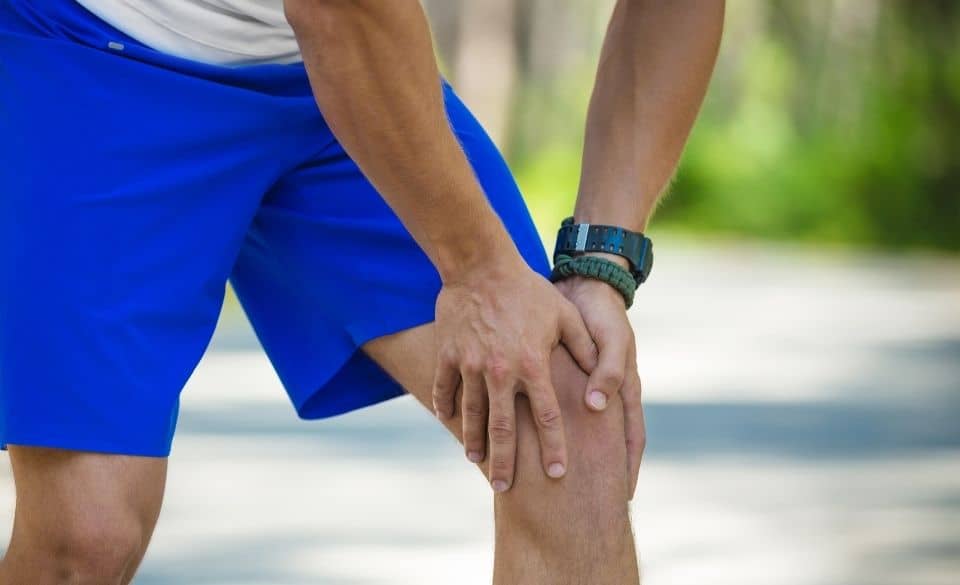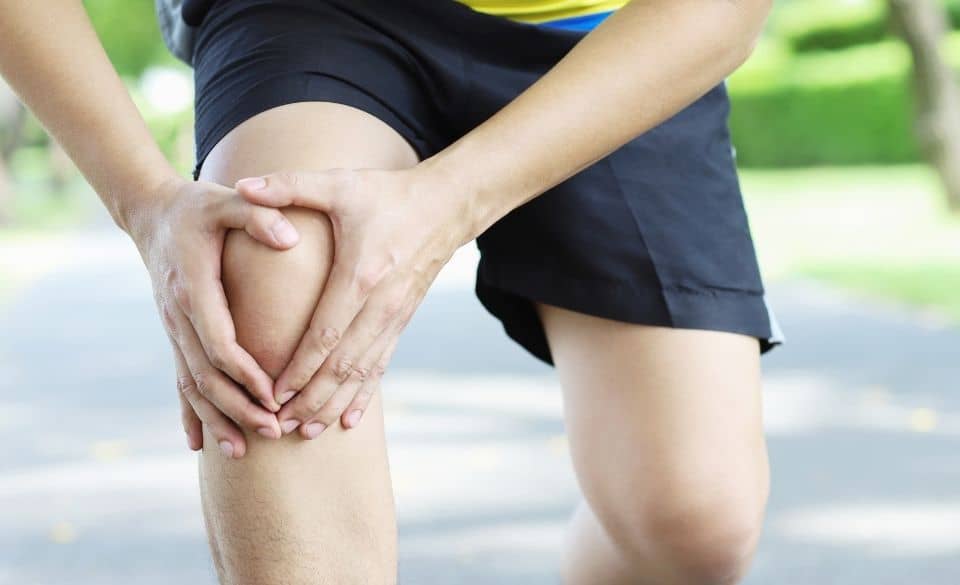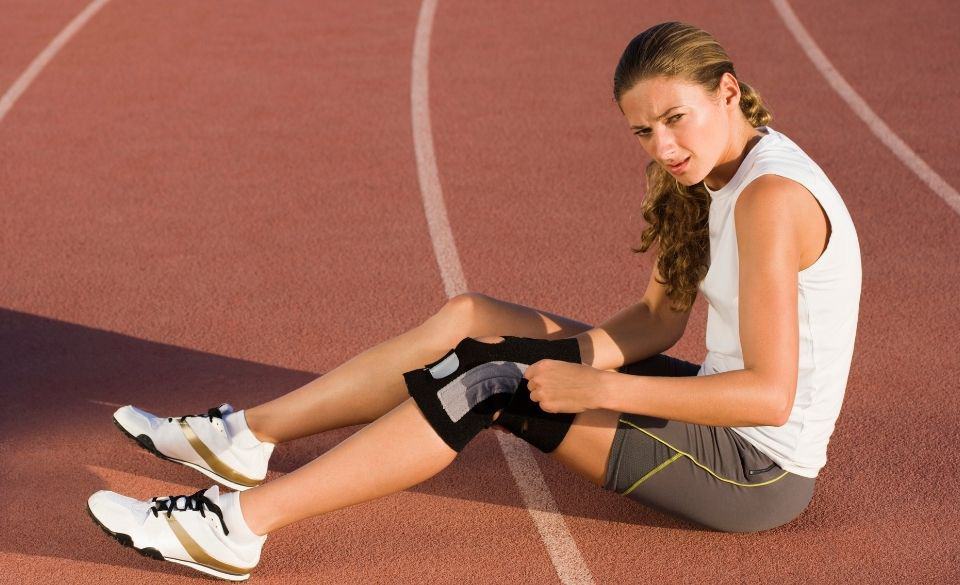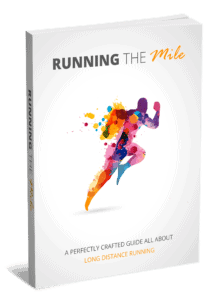
Knee Pain After Running – UPDATED 2021 – Braces, Pain & Symptoms
Page Contents
Regular activities such as running is a popular way towards weight loss and fat burning. Running allows the body to burn calories rapidly as well as provides an inexpensive alternative to maintaining the general health of the body. Even though it also improves heart health and strengthens the bones, running subjects the knees to strain that can lead to serious knee pain. Knee injuries are unavoidable, but they are not as devastating as athletes or runners tend to think.
Most knee issues experienced from running can easily be corrected and managed properly. This is a common ailment among runners but it can also affect athletes who engage in activities such as walking, bending, jumping, and cycling.
Knee pain after running affects almost the entire knee region including the kneecap. Pain mostly strikes the runner’s knee when they start running above forty miles per week or those who are running for the first time. Even for experienced runners who take a few days off to recover, the pain may reoccur. Sometimes even more intensified after the first few miles of the run.
The pain often feels like a burning sensation, and it worsens while running downhill or even walking downstairs. The knee is often stiff, sore, and aching after sitting down. The aching experienced is usually around the kneecap, and you may sometimes hear crunching or clicking sound as you bend or stretch the knee.

Running Knee Pain & Symptoms
Running knee pain is normally a chronic problem caused by overuse of repetitive motion and impact. Some of the symptoms that a runner may experience include:
– Pain behind the kneecap and its surrounding, particularly where the thighbone and kneecap intersect.
– Pain as a result of bending the knee, or from walking, kneeling, sitting, squatting or from running.
– Pain experienced while running or walking downhill or downstairs.
– A grinding or popping sensation in the knee area.
– Swelling around the knee area.
– A burning sensation and aching around the knee.
Knee Pain on Extension
Knee pain on extension, can cause serious discomfort, even when you only make small movements. The problem can get much worse when you attempt to climb the stairs, walk or run. Depending on the cause and area of damage, it may lead to disability, which can impact the quality of your life and performance level. Fortunately, some types of pain can be treated by yourself. However, for serious pains and injuries, surgical procedures may be required for better recovery.
Common Causes of Knee Pains on Extension
There are several ligaments or bands of connective tissue found on your knees, and these bind one bone to another. They keep your joints stable, which means they work by keeping your bones, tendons and ligaments in the correct alignment.
Your knee has four primary ligaments, such as the posterior and anterior cruciate. They prevent the bones in your knee from moving forward or backward. The lateral and medial collateral ligaments stop your knee bones from going side to side. Since your ligaments help stabilize your knee, any rupture or stretching can make your knee unstable whenever you straighten or extend it.
For minor pain on the knee, this condition may be treated with self-care techniques. In fact, strains can be resolved with elevation, ice and compression and a good amount of rest. There are also instances when a knee sleeve may be helpful in treating this type of knee pain. While other people may be prescribed crutches to support them with walking. Anti-inflammatory or pain relievers can also assist those who are struggling with pain on knees.
When it comes to hyperextension, the condition that results in a tear or stretch of the hamstring. The quadriceps tendons or patellar may be badly damaged due to a hyperflexion or hyperextension injury. This is linked with inability to extend the knee and often gives severe pain when doing so. The painful sensation is felt below or above the patella. For this type of pain, surgery may be required for better recovery.
Knee injuries whether sudden or chronic are among the common causes of knee issues. Sudden injuries can cause a direct blow to your knee, as well as bending and twisting your knees by accident. Pain, swelling and bruising may be severe and become worse within minutes of your injury. Your lower leg or knee may feel cold, weak and numb. If the pain persists for several days, the condition may get worse if untreated.
Other knee pain relief options may include rest, first aid measures, medicine, therapy or bracing. Treatment depends on the type of pain and severity of the injury. Your health condition, activity level and age are also important factors that determine the right treatment for you.
Knee Pain Diagnosis After Running
If you have encountered knee pain after finishing your run, you may wonder what the diagnosis will be. Once you have visited the doctor he or she may test the functional aspect of the knee. They will then examine the knee closely to determine the movements affected and the intensity of the pain. The knee pain experienced after running may be of a lateral, medial, or anterior origin. Sometimes, the pain may be located in the back.
The specialist doctor, who will deliver an accurate knee pain diagnosis, will then go ahead and recommend the course of treatment. Remember, sometimes self-diagnosis and self-directed treatments lead to misdiagnosis and further damage to the knee.

Knee Braces – How Can They Help A Runner?
Knee braces and knee supports come in many designs. The purpose of the knee brace is to support the knee so it can speed up the healing process.
If you suffer from knee arthritis, runners knee or a ruptured cartilage, a brace or wrapping will support and promote a fast, and efficient recovery. The purpose of the brace is to allow you to move freely and unrestrained. By doing so it can help increase the distance you can walk without experiencing any discomfort.
Modern knee braces are usually made from plastic or composite materials. This makes them flexible enough to adapt to the individual’s knee. On the other hand, it is not uncommon to see braces made from synthetic rubber as well.
Since the knee is a very sensitive area, even the smallest injury to the knee can cause tremendous pain, discomfort and swelling. Braces are usually designed to cover the both the knee cap and surrounding area’s for maximum stability and comfort.
Braces are used if your knee is unstable or if you subject it to a lot of pressure and tension. These are commonly referred to as prophylactic braces. They are designed exclusively for injury prevention, especially during high contact sports such as football or rugby. If you suffer from a torn knee ligament, your doctor will provide the right knee brace to help you cope with the pain.
There are some rehabilitative braces that are commonly used after extensive knee surgeries. These help to promote the healing process and to prevent the knee from misaligning when you start walking again. The functional braces promote comfort and they are typically used for injured knees.


Download Running the Mile for only 8usd
“A Know-all Short Report All About Long Distance Running”



